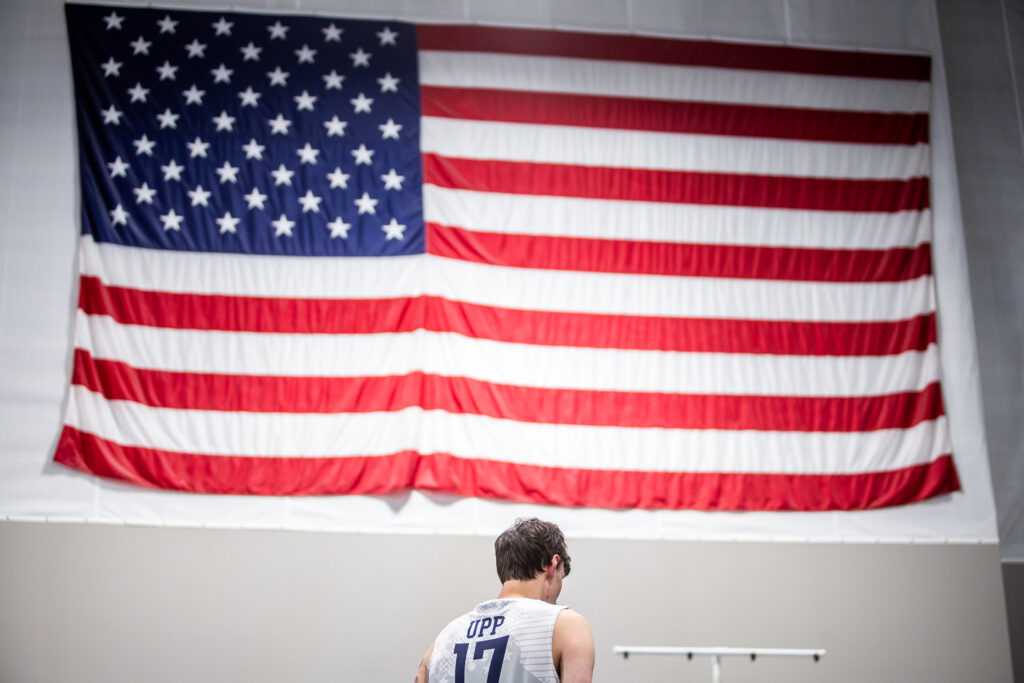Every play Zachary Upp makes seems to carry the weight of years spent mastering the sport he loves. His powerful swings and quick reactions on the court are the product of a journey that began as a child’s curiosity and evolved into leadership at the highest level of sitting volleyball.
At 25, the American outside hitter has become one of the most reliable scorers in men’s sitting volleyball. During the 2025 WPV Sitting Volleyball World Cup in Fort Wayne, Indiana, he led all players in total points with 144 as the United States men finished fourth on home soil. The women’s team, meanwhile, captured the World Cup title in front of an appreciative crowd, creating a week of celebration for the host nation.
His path to sitting volleyball began unexpectedly, when a simple day in the gym set a life-changing journey in motion.
“I started playing sitting volleyball in 2013,” he said. “I ran into the old head coach of the women’s team at a standing tournament in Chicago. He was confused why a little kid was running around a volleyball gym and told my region that if I ever showed up to a club tryout, they had to give me a chance.”
He joined a club in the Great Lakes region soon after and began developing his skills among much older players.
“I got to go and started playing at Pipeline, which is in the Chicagoland area,” he said. “I played there from 13 until I was 16 or 17, and then I made the national team basically at that point in 2017.”
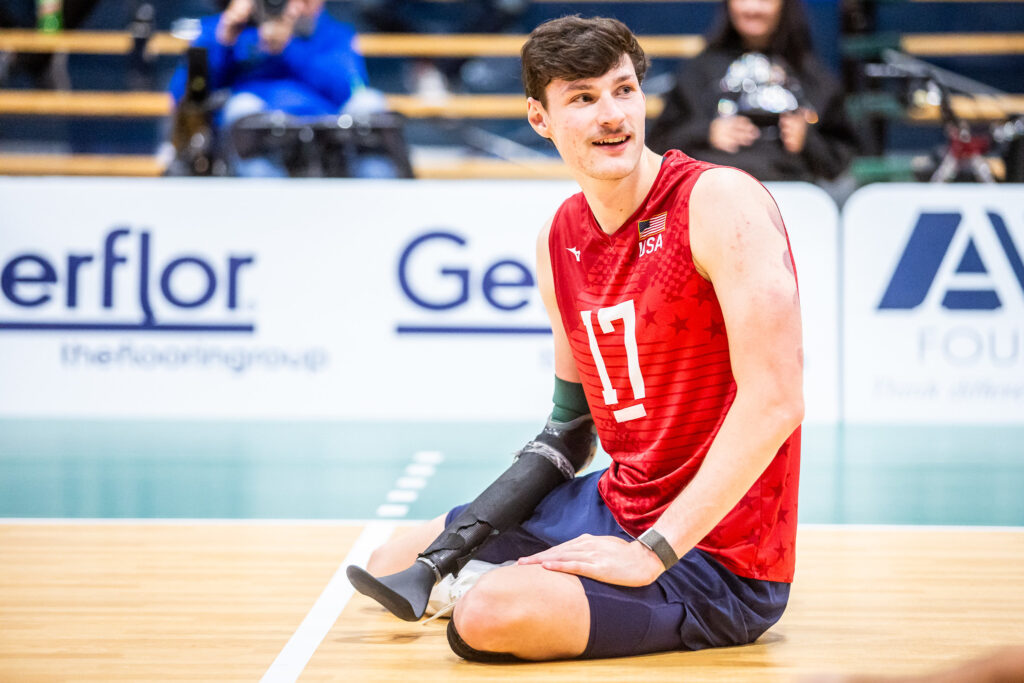
While other teenagers were still learning their way through school sports, Upp was already flying regularly to train with the national development team.
“Around my 13th birthday, I got to fly down to Oklahoma City, where our training site is,” he said. “I trained there from 2013 until 2017. On Thursday I would fly out, get back Sunday, and go to school Monday morning. It was a lot. I was playing volleyball almost year-round.”
Before entering the sitting discipline, Upp had already built a strong base in standing volleyball.
“I played standing volleyball, completely able-bodied,” he said. “I played high school and club volleyball, so my life was a revolving door of more volleyball. It made me learn really, really fast.”
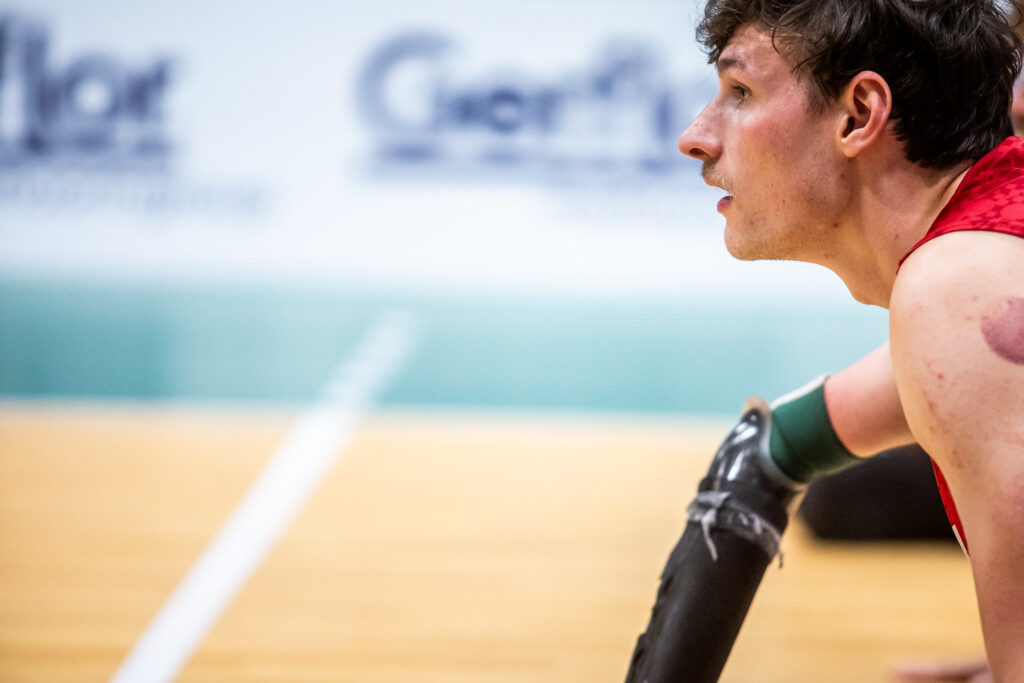
Adapting to the sitting version required new movement, awareness and patience.
“The biggest difference was learning the movement,” he said. “Your hands are used for everything, passing, blocking, hitting, but you also have to have them on the floor to move. It is a really difficult concept to get. In standing volleyball your legs are for movement and jumping, so you can separate those two things.”
He found that his skill set took on new strengths once he understood the rhythm of sitting volleyball.
“Oddly enough, I have always been better at passing in sitting than in standing,” he said with a laugh. “I played right side and would get subbed out most of the time for back row in standing. I was not a great passer. But in sitting, something just clicked.”
Upp also learned how physical dynamics change in a game where jumping no longer applies.
“It is not about how tall you are standing, but how high you can reach from your seat,” he said. “If your sitting reach is taller than someone who is seven feet tall, you are going to be higher on the floor. There is no jumping, so it is not really about how high you can get off the ground. It is about how high you can reach. Height makes a difference, but shorter players can absolutely be effective too.”
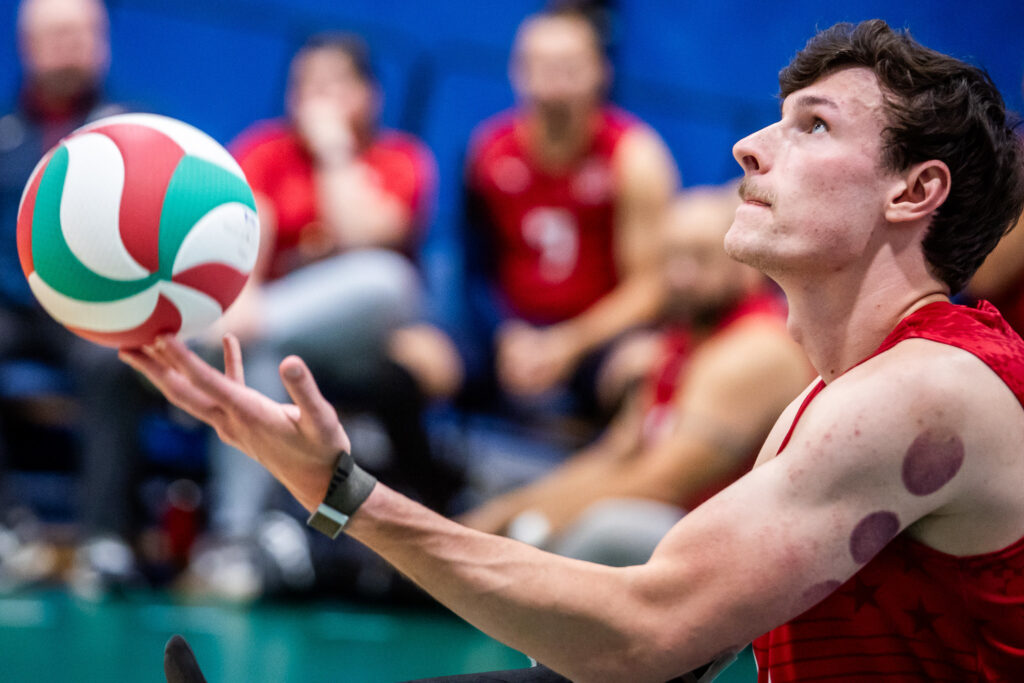
The lessons were not only technical but also personal. Entering an elite team environment as a teenager meant growing up fast.
“Sitting volleyball really caused me to mature a lot,” he said. “Being a younger guy joining a team of pretty much only adults, I was the youngest by almost ten years for six years or something like that. I had to learn really quick what is OK and what is not. There was not much of a learning curve. It was yes or no a lot, but it was a lot of fun.”
The maturity he gained over those years shaped the player he has become.
“I moved down to Oklahoma when I was 18, right after I graduated high school,” he said. “Since then, I have been playing every single day. We get weekends off, but it has been constant since 2018. When you play every day, you rewire your brain. You go from thinking your hands are just for passing to knowing they are for moving too. It took me the longest time to learn that, but once you get it, it feels so good.”
Those years of commitment built a foundation that allowed Upp to become one of the team’s leaders. He still remembers looking up to the older players who helped guide him.
“I would say either Eric (Duda) or James (Stuck) have influenced my game the most,” he said. “They have pretty similar play styles to me. Eric has always been a very powerful player. He likes to play a power game, same with James. They were some of the earliest people I saw who were really good at sitting volleyball, so I modelled myself after them.”
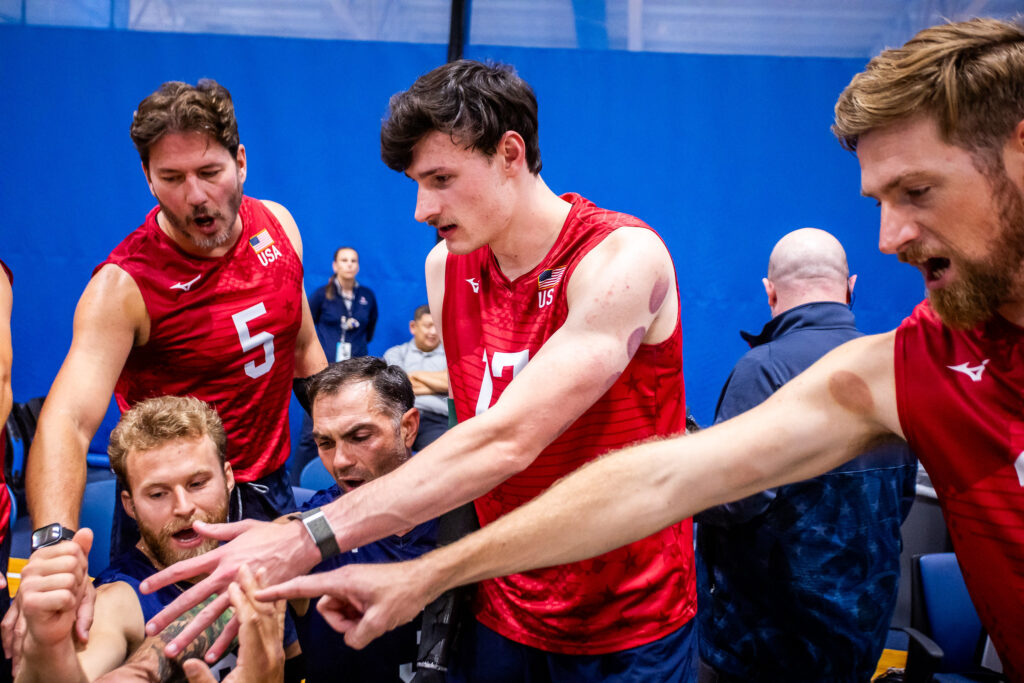
Once the youngest member of the squad, Upp now represents experience and dependability. His performance in Fort Wayne showed both his evolution and his enduring hunger to improve.
“There is still growth that can happen,” he said. “I feel like I have kind of started to slow down in those huge jumps of progression, but it is about finding that next level, how do I keep improving at that speed. There is no limit. I just have to keep pushing, keep a good mindset, and maintain the work ethic.”
Despite leading all scorers with 110 points from spikes, seven from blocks and 27 from serves, Upp does not view his tournament performance as the end of his progression.
“I have been working a lot on blocking,” he said. “That is the weakest part of my game right now. I still have way more work to do on that. I always love coming to a tournament because I find stuff to work on, and then I get to go home and do it.”
More than ten years since that first encounter in a Chicago gym, Upp continues to find motivation in every game and training session.
“It is exciting,” he said. “Every event gives you something new to learn. I have grown a lot since those days, but that same passion to keep getting better has not changed.”
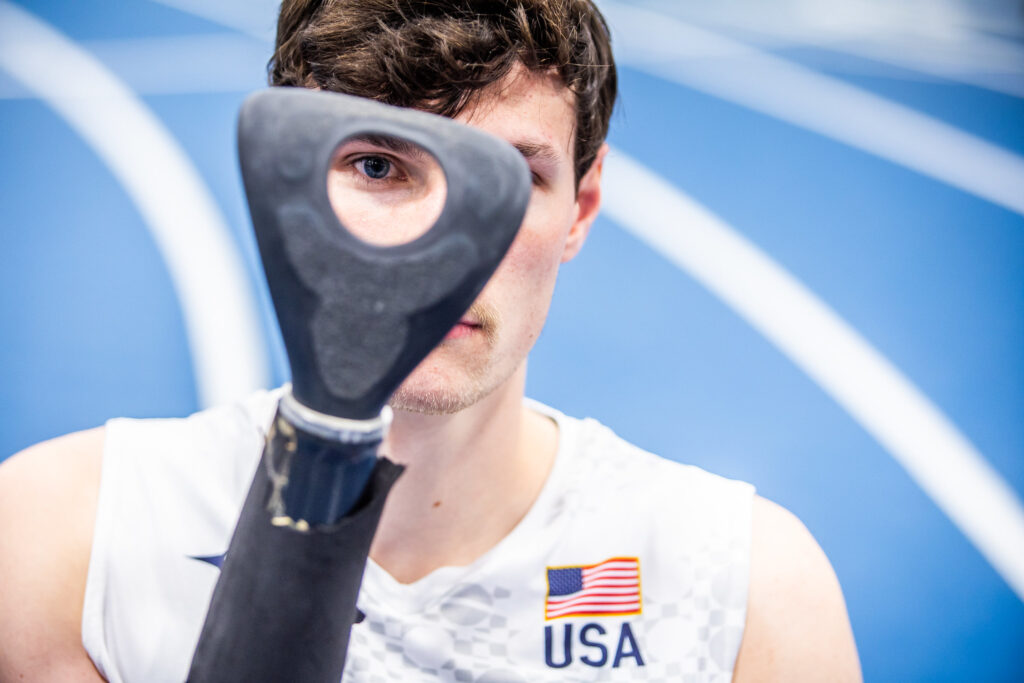
As the USA programme looks ahead to the next Paralympic cycle toward Los Angeles 2028, Upp’s role has become more important than ever. Years of steady work and daily training have shaped a player who now measures success not in perfection, but in constant growth.
The boy who once chased volleyballs across a gym floor has become the leading scorer at a world event, his journey capturing the spirit of the sport and the belief that progress never stops.
For him, there is truly no way but up.
